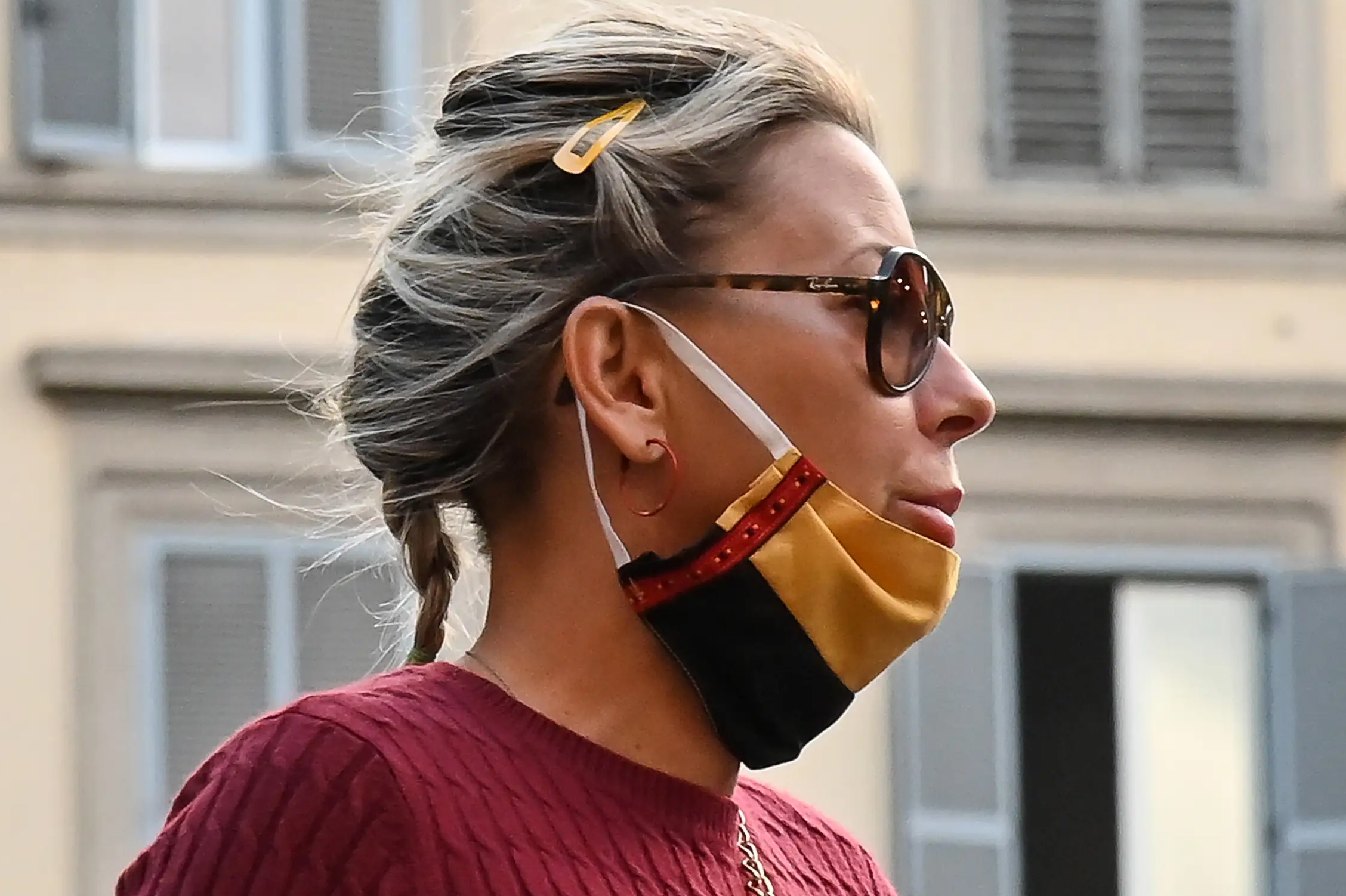The World Health Organization and the Centers for Disease Control and Prevention both suggest texture face covers for the overall population.
These covers aren't as defensive as careful covers or N95 respirators, yet some are profoundly productive at separating viral particles.
Here's the means by which researchers have positioned cover materials up until now, from the most to least defensive.
The science is clear: Face masks can prevent coronavirus transmission and save lives.
A fundamental examination of 194 nations found that places where covers weren't suggested saw a 55% week after week increment in coronavirus passings per capita after their first case was accounted for, contrasted and 7% in nations with societies or rules supporting veil wearing. Amodel from the University of Washington anticipated that the US could forestall in any event 45,000 coronavirus passings by November if 95% of the populace were to wear face covers in broad daylight.
Yet, not all covers present equivalent degrees of insurance.
The perfect face veil squares huge respiratory beads from hacks or wheezes – the essential strategy by which individuals pass the coronavirus to other people – alongside littler airborne particles, called pressurized canned products, created when individuals talk or breathe out.
Two medical-grade masks, N99 and N95, are the most effective at filtering viral particles.
There's an explanation organizations suggest holding N99 and N95 veils for human services laborers first: Both seal firmly around the nose and mouth with the goal that not many viral particles can leak in or out. They additionally contain tangled filaments to channel airborne microorganisms.
An investigation distributed in the Journal of Hospital Infection a month ago assessed in excess of 10 covers dependent on their capacity to channel airborne coronavirus particles.
The analysts found that N99 veils diminished an individual's danger of disease by 94 to 99 percent following 20 minutes of presentation in an exceptionally defiled condition. N95 veils offered nearly as much assurance – the name alludes to its base 95 percent productivity at sifting vaporizers.
Another ongoing examination additionally established that N95 covers offered preferable assurance over careful veils.
Disposable surgical masks are a close second.
Careful veils are made of nonwoven texture, so they're normally the most secure choice for medicinal services laborers who don't approach a N99 or N95 cover.
An April study found that careful covers diminished the transmission of various human coronaviruses (however the examination did exclude this new one, authoritatively called SARS-CoV-2) through both respiratory beads and littler vaporizers.
All in all, careful covers are around multiple times as successful at blocking infection containing pressurized canned products than hand crafted face veils, a recent report found. Be that as it may, human services laborers should in any case approach them first.
"The official rules are material covers since we would prefer not to remove those veils from clinical specialists who may require them more," Asfour said.
“Hybrid” masks are the safest homemade option.
In an ongoing paper that hasn't yet been peer-looked into, analysts in the UK established that "half and half" covers – joining two layers of 600-string tally cotton with another material like silk, chiffon, or wool – separated in excess of 80 percent of little particles (under 300 nanometres) and in excess of 90 percent of bigger particles (greater than 300 nanometres).
They found that the mix of cotton and chiffon offered the most security, trailed by cotton and wool, cotton and silk, and four layers of regular silk.
The scientists recommended that these choices may even be greater at sifting little particles than a N95 veil, however they weren't really better at separating bigger particles.
The group additionally found that two layers of 600-string check cotton or two layers of chiffon may be greater at sifting little particles than a careful veil.
Three layers of cotton or silk are also highly protective.
WHO suggests that texture covers have three layers: an inward layer that retains, a center layer that channels, and an external layer produced using a nonabsorbent material like polyester.
A University of Illinois study that is as yet anticipating peer survey discovered three layers of either a silk shirt or a 100 percent cotton T-shirt might be similarly as defensive as a clinical evaluation veil. Silk specifically has electrostatic properties that can help trap littler viral particles.
How you wear your mask matters too.
 |
| Andreas Solaro/AFP/Getty ImagesA woman with a face mask pulled under her chin in Rome on April 29. |
The defense of a veil – including N95 and careful covers – decays extensively when there is a hole between the cover and the skin.
"It's about the seal of the veil," Asfour said. "You need to ensure there's no air spill."
All things considered, research has recommended that wearing veils inappropriately or irregularly could even now decrease transmission. In an article distributed Tuesday in the Journal of the American Medical Association, CDC Director Robert Redfield anticipated that the widespread selection of face covers could manage the US's flare-up in as meager as about a month.

